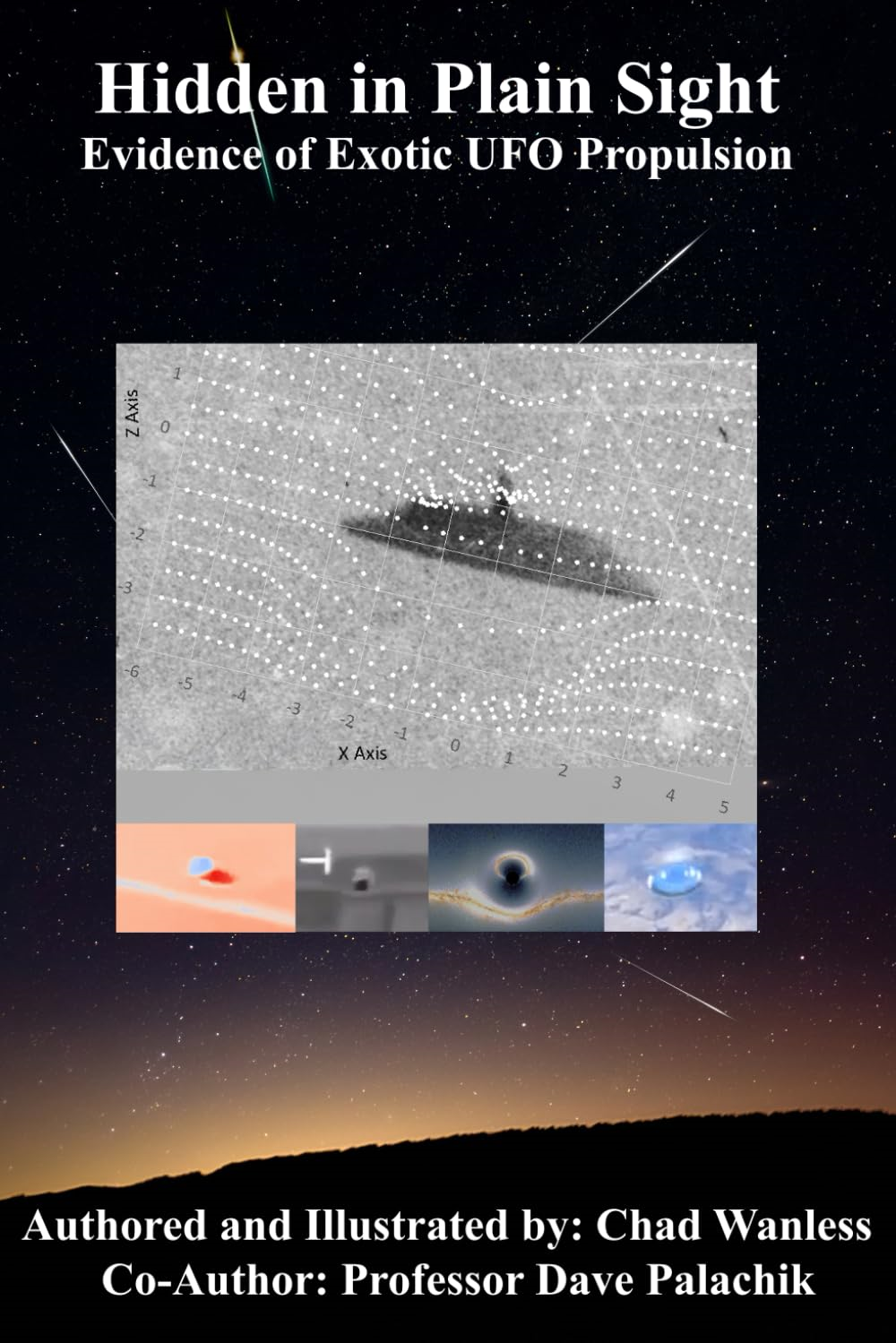An Asteroid May Kill Us All. Congress Is Pinching Pennies.0
- From Around the Web, Space
- May 19, 2017
Spending $50 million a year is a pittance in terms of managing this existential risk.

Spending $50 million a year is a pittance in terms of managing this existential risk.

Astrobiologists ponder sending gene sequencers, weather stations, drilling rigs and more to the Red Planet

Scientists have long thought that Ceres may have a very weak, transient atmosphere, but mysteries lingered about its origin and why it’s not always present.

A pioneering new study uncovering the ‘primitive atmosphere’ surrounding a distant world could provide a pivotal breakthrough in the search to how planets form and develop in far-flung galaxies.

Signatures of extra dimensions that don’t normally affect the four dimensions we can observe could show up in the way they warp ripples in space-time

NASA’s Dawn spacecraft successfully observed Ceres at opposition on April 29, taking images from a position exactly between the sun and Ceres’ surface.

Astronomers have produced a highly detailed image of the Crab Nebula, by combining data from telescopes spanning nearly the entire breadth of the electromagnetic spectrum, from radio waves seen by the Karl G. Jansky Very Large Array (VLA) to the powerful X-ray glow as seen by the orbiting Chandra X-ray Observatory. And, in between that range of wavelengths, the Hubble Space Telescope’s crisp visible-light view, and the infrared perspective of the Spitzer Space Telescope.

Newly discovered chemical reaction could generate the gas instead, study suggests

The gas giants have always been a mystery to us. Due their dense and swirling clouds, it is impossible to get a good look inside them and determine their true structure. Given their distance from Earth, it is time-consuming and expensive to send spacecraft to them, making survey missions few and far between. And due



